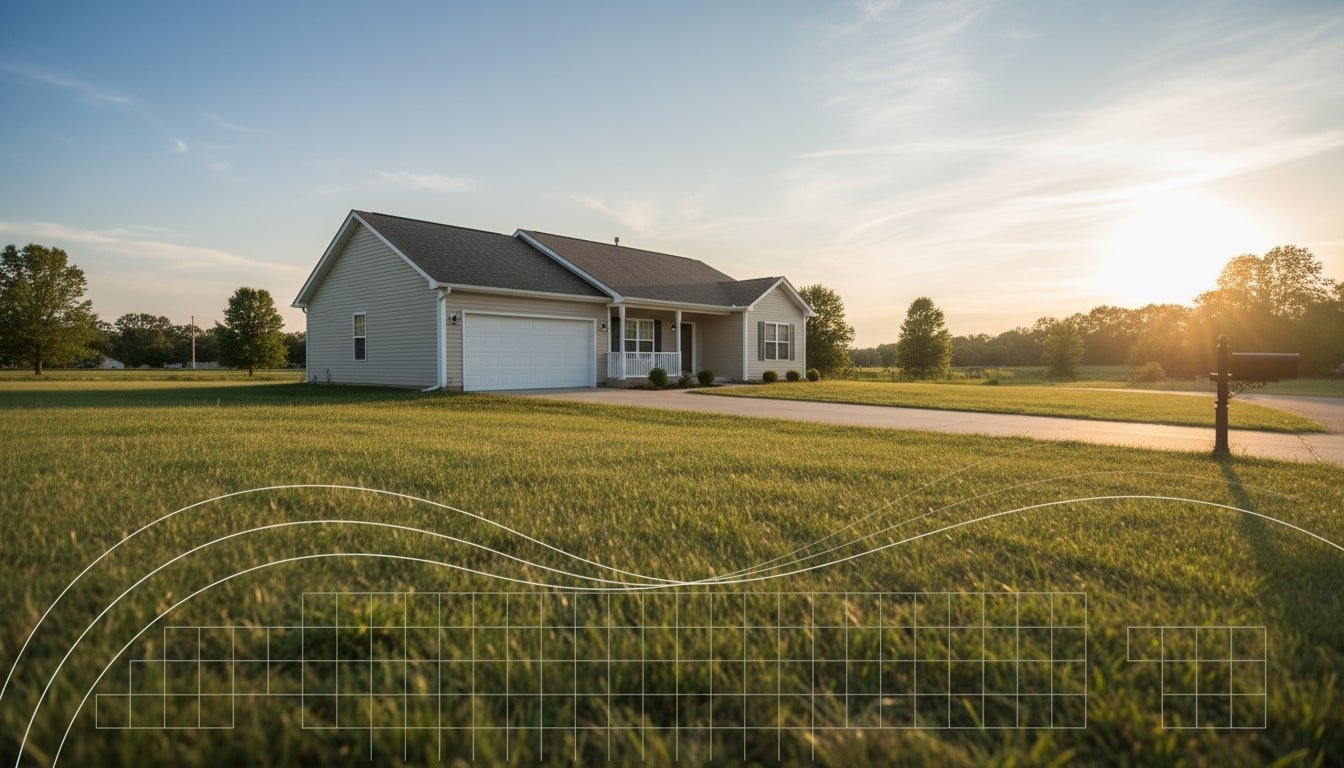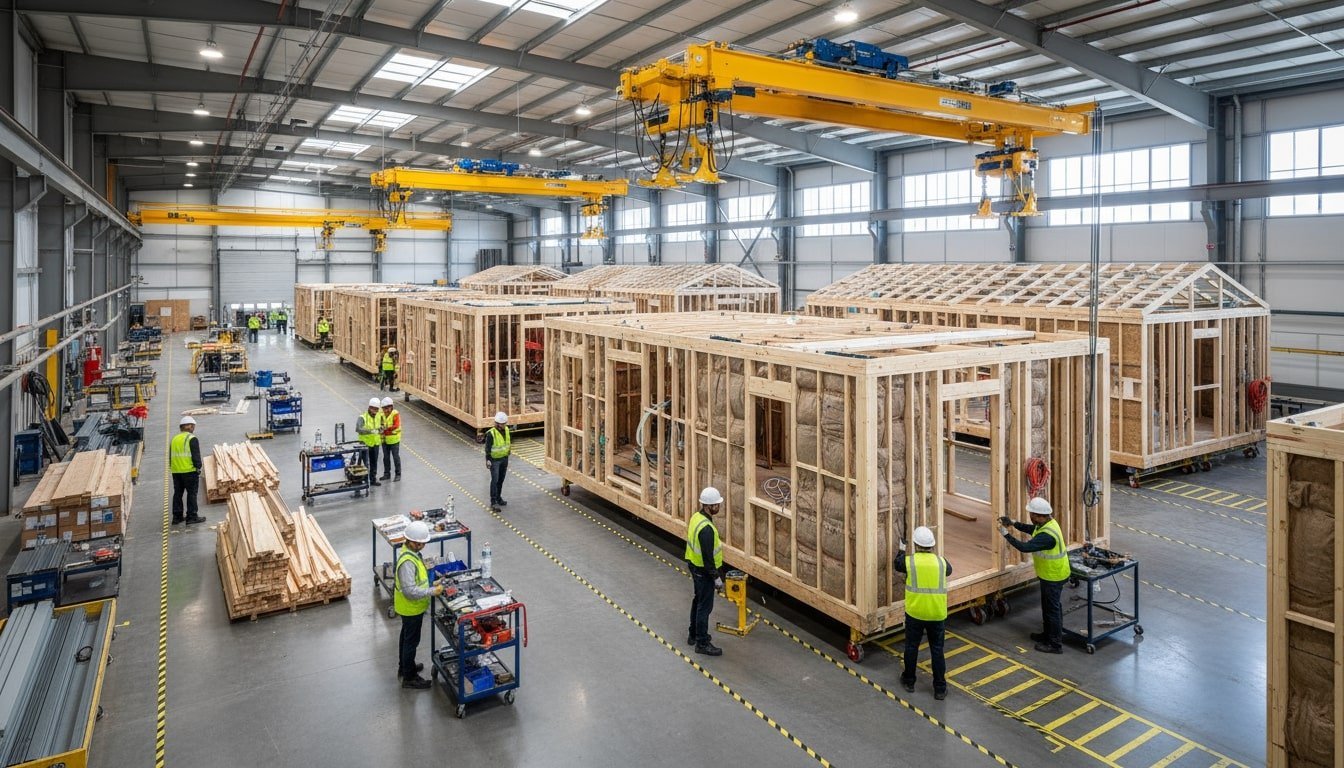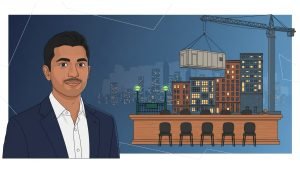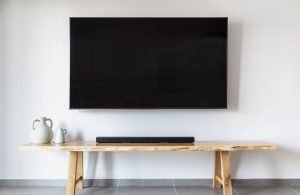Last Updated on November 13, 2025 by teamobn
The White House is exploring a 50‑year mortgage to put homeownership within reach for more Americans. Supporters argue longer terms can shave monthly payments by a few hundred dollars, while critics warn lifetime interest rises sharply and equity builds at a crawl.
Analyses show payments drop, but interest costs can balloon and borrowers may remain low‑equity for decades. Beyond borrower math, the plan faces legal barriers under Dodd-Frank’s 30-year cap for qualified mortgages and could drive up prices if housing supply remains constrained.
Contents
Key Takeaways
- 50‑year loans cut payments but increase lifetime interest.
- Equity builds slowly, which extends PMI and downturn risks.
- Qualified mortgages cap terms at 30 years, and 50‑year loans are likely to carry higher rates.
- Real relief comes from cheaper homes, more supply, and strong safeguards.
What is Trump’s 50‑year mortgage?
A 50‑year mortgage is a fully amortizing home loan repaid over 600 months. By stretching the repayment horizon far beyond the standard 30 years, it lowers the required monthly payment, but dramatically slows principal paydown and increases the total interest paid over the life of the loan.
Mechanically, the payment formula spreads principal and interest over many more periods, so early installments are overwhelmingly interest. That means equity builds at a crawl compared to 15- or 30-year loans, borrowers can remain highly leveraged for decades and are more exposed if home prices dip. 
It’s not an interest‑only or negative‑amortization loan, principal does decline each month, but the decline is very gradual. Prepaying principal (e.g., extra monthly amounts or occasional lump sums) can shorten the effective term substantially.
These loans can be fixed-rate or adjustable-rate, but market pricing would likely include a rate premium compared to 30-year mortgages to compensate lenders and investors for the longer duration, greater prepayment uncertainty, and thinner secondary-market demand. In today’s U.S. framework, loans beyond 30 years are generally “non‑QM” unless laws change,
The Administration’s Case
The administration frames a 50‑year mortgage as a targeted tool to expand access to homeownership by lowering monthly payments for households squeezed by high prices and rates.
As one senior economic adviser put it, “It reduces the monthly payment quite a bit for a typical home for middle America by a few hundred dollars a month,” adding, “We need to help people get back into homes.”
Officials also emphasize optionality and choice rather than mandate. The nation’s top housing finance regulator called the concept “a complete game changer” and, in describing the policy toolkit, a “potential weapon” to address affordability, signaling it’s one instrument among several the administration is weighing.
Supporters inside and around the administration argue the product can serve as a bridge into ownership, with homeowners later prepaying or refinancing into shorter terms as incomes rise or rates fall.
The White House has underscored the exploratory nature of the idea: “President Trump is always exploring new ways to improve housing affordability for everyday Americans. Any official policy changes will be announced by the White House.”
Who Benefits, Who Bears the Risks
A 50-year mortgage reshapes winners and losers: it can open doors for payment‑constrained buyers and lift sales, but shifts risks across age groups, lenders, markets, and taxpayers when safeguards thin.
First-Time Buyers on the Margin
This covers renters and entry-level buyers who need lower monthly payments to qualify for a mortgage.
Benefits:
- Lower principal-and-interest payments can help meet DTI limits and qualify for a home.
- Converts rent outflows into ownership, with the option to prepay or refinance later.
- Creates short-term cash-flow buffer for emergencies or furnishings.
- Can pair with down payment assistance to reduce upfront costs.
Risks:
- Very slow equity buildup;, PMI may persist longer and total interest paid is much higher.
- Greater negative-equity risk if prices dip early in the loan.
- Harder to move or refinance if rates rise or credit tightens.
- Taxes, insurance, HOA, and maintenance don’t shrink with term length, limiting true savings.

Older Buyers and Near-Retirees
This section covers buyers approaching or in retirement prioritizing predictable, lower payments.
Benefits:
- Smoother monthly cash flow on fixed or variable retirement income.
- Preserves investable assets instead of locking cash in equity.
- May facilitate aging-in-place if payments are manageable.
Risks:
- Debt may extend well past working years, limiting flexibility.
- Health or income shocks can force sale with limited equity.
- Estate planning and assumption issues complicate transfers to heirs.
- May crowd out better fits (smaller/shorter-term mortgage, HELOC, or downsizing).
Builders, Realtors, and Local Economies
This section covers market participants who benefit from increased buyer qualification and transaction volume.
Benefits:
- Larger buyer pool boosts absorption, starts, and sales velocity.
- More transactions support brokerage revenue and local tax bases.
- Can stabilize pipeline during high-rate periods.
Risks:
- Without supply reforms, extra demand can inflate prices and worsen affordability.
- Volatility risk rises: term-driven demand can reverse quickly with rate or sentiment shifts.
- Input constraints (labor, materials, zoning) limit sustainable gains.
Prefab Beats the 50‑Year Mortgage: Build Cheaper, Finance Smarter
Prefab and manufactured homes lower total costs upfront, letting buyers avoid ultra-long mortgages while achieving affordable payments. With the right financing, you build equity faster and keep interest in check.
What Counts as Prefab and Why It Matters for Financing
“Prefab” includes modular and manufactured homes built in factories and assembled on-site. For financing, the key distinction is age and code. Homes built after June 15, 1976 meet the HUD Manufactured Home Construction and Safety Standards (“manufactured homes”) and have broader financing options. Pre-1976 “mobile homes” are more challenging to finance and are often classified as personal property, rather than real estate, which affects the loan types and terms available.
Finance the Price, Not Just the Payment
Factory-built homes typically cost less per square foot than site-built homes, so you’re lowering the principal itself, often making a standard 30‑year mortgage affordable without stretching to 50 years. Lower principal also speeds equity growth and reduces lifetime interest, improving long‑term wealth-building versus simply diluting payments across more decades.
Your Financing Paths
Manufactured homes (post‑1976 HUD code) can qualify for more traditional mortgage options when installed on a permanent foundation and titled as real property. Conventional programs exist for manufactured housing , but true “mobile homes” generally don’t qualify.
Government‑backed mortgages (FHA/VA/USDA) are not available for mobile homes but may be options for manufactured homes meeting HUD standards and property requirements. If the home is on leased land or you’re buying the home only, chattel loans are common.
They act more like vehicle loans, carry shorter terms (often 15–20 years) and higher rates. Most may not require mortgage insurance. Typical lender expectations include stronger down payments, minimum credit scores of around 580+, and limits tied to the unit’s age and condition.
Structure the Deal to Qualify as Real Property
To access the broadest and most affordable financing, aim to classify the home as real estate. That usually means a permanent foundation with proper tie‑downs, permanent utility connections, access via an all‑weather road, payment of real estate taxes, and the required HUD certification labels/data plates.
When a home is titled as a vehicle and taxed at the DMV, it’s treated as personal property, steering you toward chattel financing and away from mortgage‑style loans.
Conclusion
A 50‑year mortgage is a payment tool, not a true affordability solution: it reduces the monthly outlay but slows equity and inflates lifetime interest. Real relief comes from lowering the home’s total cost and building more homes, not just stretching amortization. Prefab and manufactured housing can meaningfully cut principal and keep financing within conventional terms. If ultra‑long mortgages advance, they’ll need strong consumer safeguards, transparent disclosures, and complementary supply‑side policies to avoid unintended price inflation.
FAQs Trump’s 50-Year Mortgage Plan
- Will a 50‑year mortgage keep private mortgage insurance (PMI) in place longer?
- Yes, because amortization is slower, it takes longer to reach the equity levels where PMI can be cancelled. If your loan carries PMI, you can typically request cancellation at 80% loan‑to‑value (LTV) and it’s often cancelled automatically at 78% LTV based on the original value, assuming good payment history. You can accelerate PMI removal by making principal prepayments or, if allowed by your lender, using a new appraisal to document appreciation.
- What happens to a 50‑year mortgage if the borrower dies or transfers the home to heirs?
- The loan remains a lien on the property, heirs inherit the home subject to the mortgage. Federal due-on-sale rules generally allow certain transfers to heirs without immediate acceleration, provided that payments continue. However, the estate or heirs will still need to keep the loan current and eventually refinance, assume (if permitted), or sell.
- How would a 50‑year term affect mortgage‑backed securities and my interest rate?
- Ultra‑long fixed loans extend duration and add prepayment uncertainty, which can make the securities less attractive to some investors. That typically translates into a pricing premium, a higher interest rate, or added fees, versus standard 30‑year loans. If investor demand is thin, many 50‑year loans could be kept on bank balance sheets, where funding and capital costs also push rates up.
- Are 50‑year mortgages assumable?
- Most conventional fixed‑rate loans include due‑on‑sale clauses and are not assumable. Some government‑backed loans are assumable under certain conditions. If 50‑year products emerge as portfolio or non‑QM loans, assumability will be lender‑specific and spelled out in your note. Assumability matters in a high‑rate world because a future buyer could take over your lower‑rate loan. If a 50‑year loan isn’t assumable, you lose that potential advantage.
- For prefab/manufactured homes, how can I unlock the best financing terms without stretching the mortgage term?
- Aim to qualify the home as real property: install on a permanent foundation, ensure permanent utility connections, maintain required HUD labels/data plates (for post‑1976 manufactured homes), and convert title from personal property if applicable. Owning the land and placing the home on a compliant foundation broadens access to conventional‑style mortgages with better rates and longer terms.






